Just 16 years ago 1998 I took a shot of this “brutalist” university tower in Frankfort. I was impressed of the massive structure, a visionary skyscraper for science and culture and a symbol for a democratic educational formation in the 1970’s till 2013. During my studies in the 90’s I spent a lot of time in this little city tower: seminars, workshops, studies, libraries, lessons and most of the time hanging around in the cafeteria, a place for discussions, unions and free spirit. Yesterday I took the last shots before the demolition by explosion – “the biggest building demolition in Europe”. It’s the vanishing point of the old university area and a cultural sign.
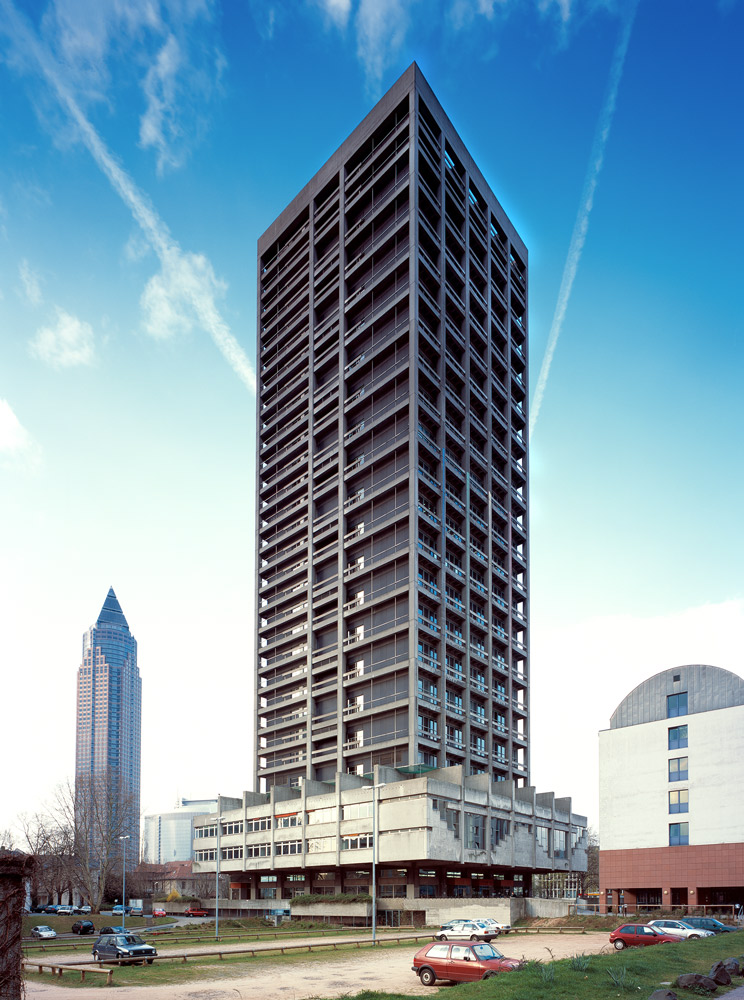
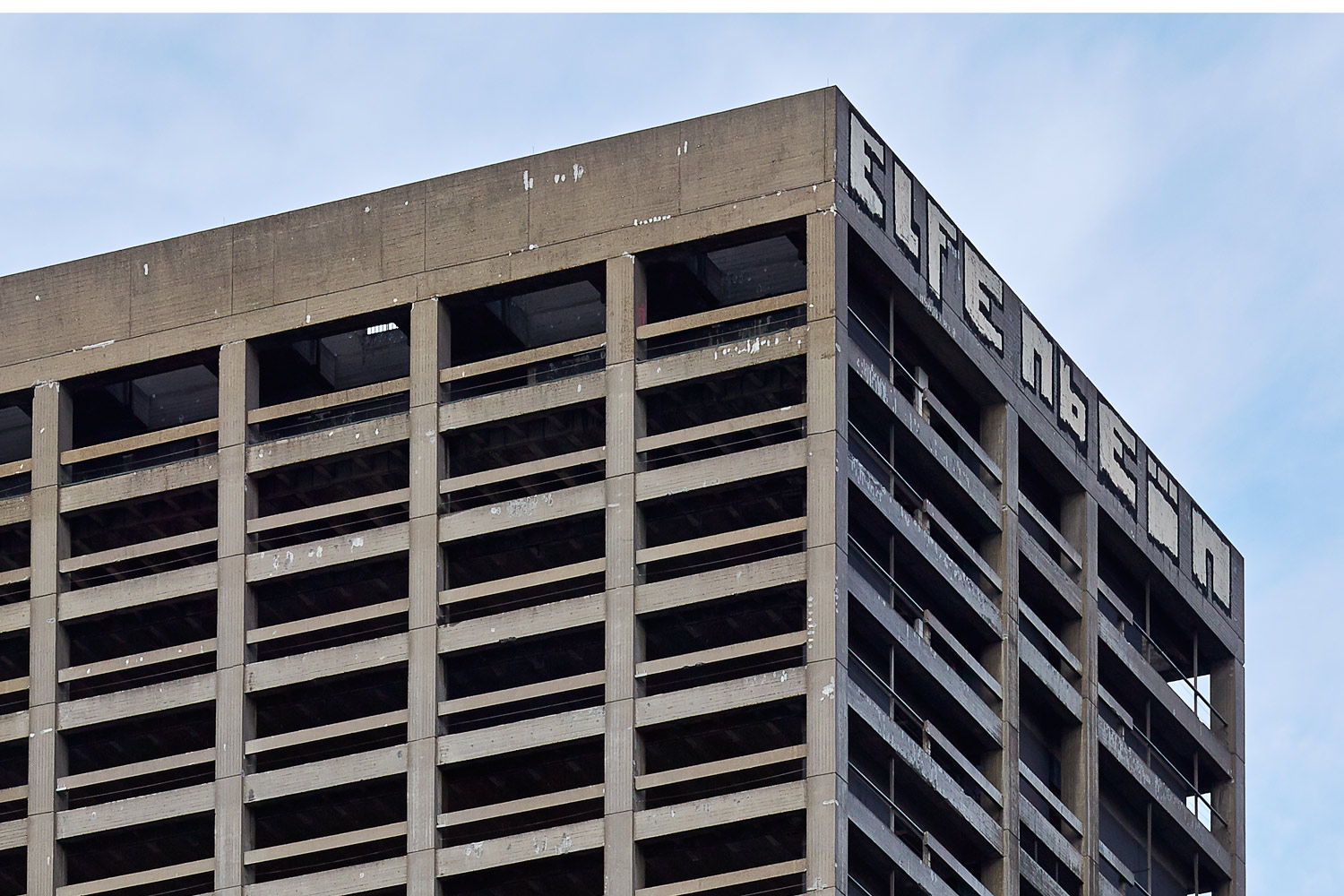
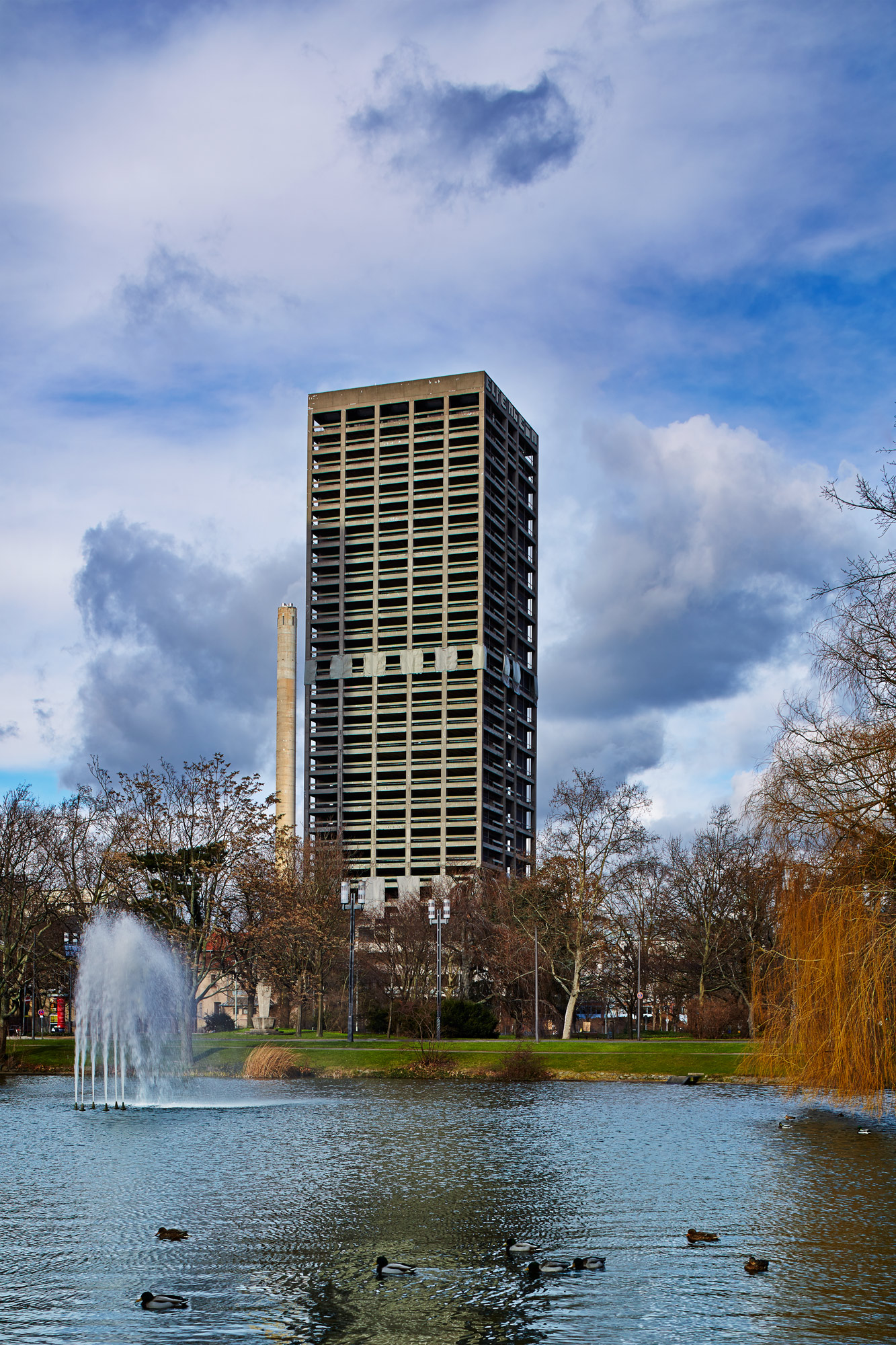
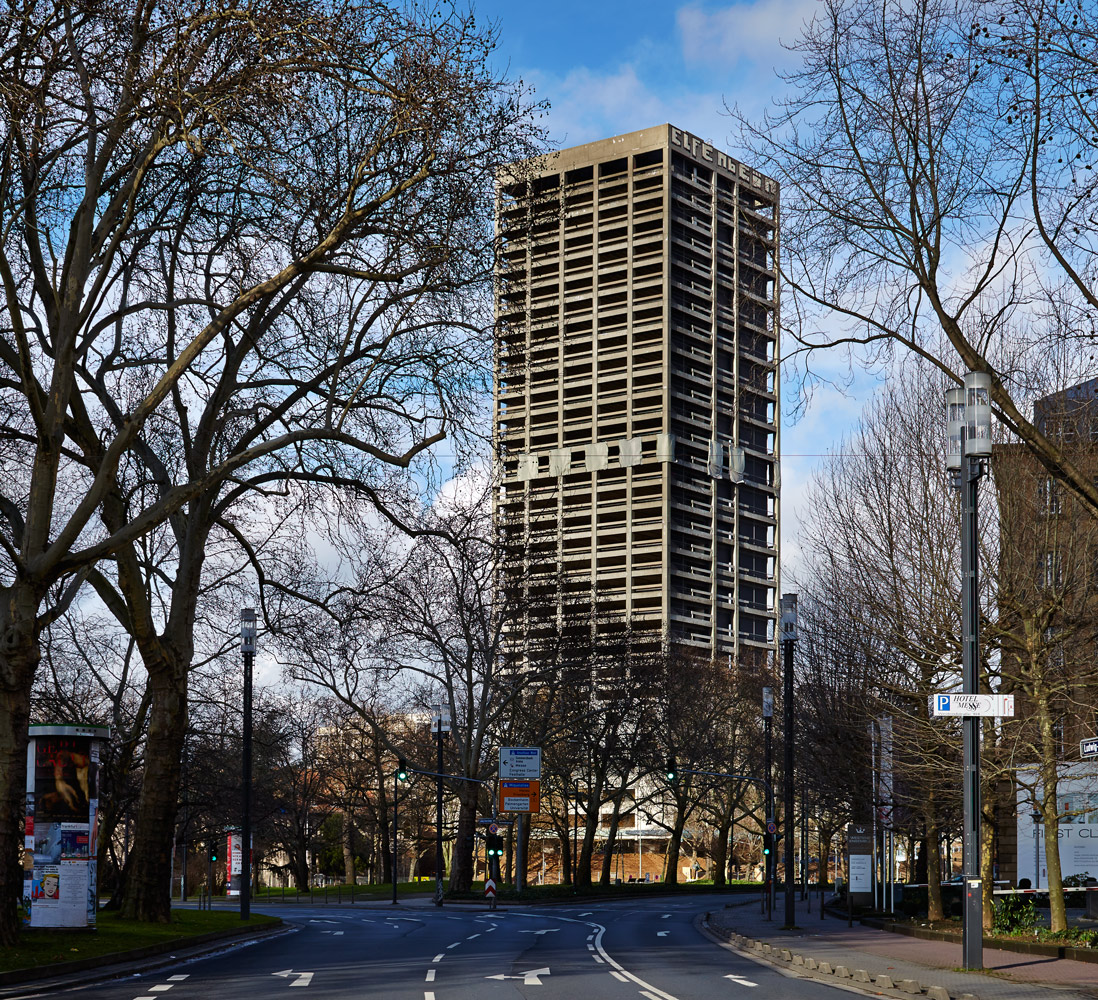
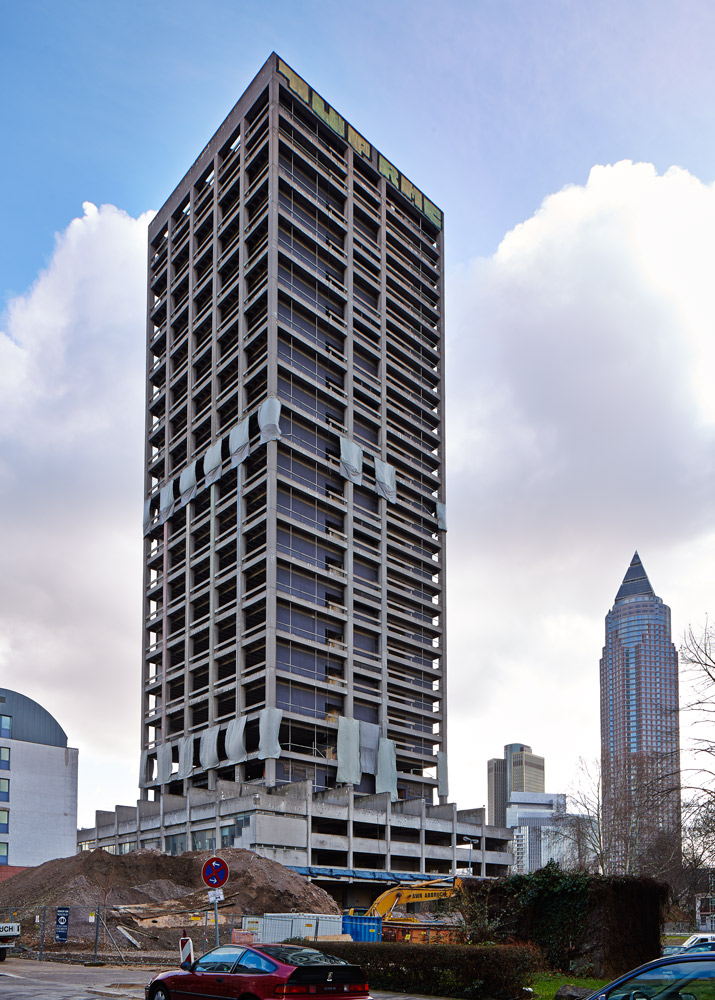
1970-1972, Architekt: Staatliche Neubauabteilung des Landes Hessen, S. Werner, H. Nitschke
“AfE Turm (English: AfE Tower) is a 32-storey, 116 m (381 ft) skyscraper in the Bockenheim district of Frankfurt, Germany. The building belongs to the Bockenheim campus of the Johann Wolfgang Goethe University and houses the offices and seminar rooms of the departments of Social Sciences and Education. AfE is an acronym for Abteilung für Erziehungswissenschaft (English: Department of Pedagogy); however, this department never moved into the tower because it was closed before the construction was finished.
Background
Planning and construction of AfE Turm began in the early 1960s. The building became necessary in 1961, when the College of Pedagogy was incorporated into the University, and the old Bettinaschule in the Westend turned out to be inadequate even as a provisional arrangement. The building inherently lacked the required functionality.
The tower was briefly the tallest building in Frankfurt until the construction of the City-Haus. The north side of the tower houses the library of the social sciences, as well as seminar rooms with 1.5 times the floor height. The south side consists of offices only a single floor high, which requires an intricate system of staircases and split-levels between the two halves, considerably complicating orientation. After the construction, a cafeteria was established in the top floor, but was closed for lack of popularity. This floor is not accessible with all lifts, and is considered a hard-to-find secret due to the good view in all directions. The student-managed TuCa (Tower Café) on the ground floor was cleared by the police at the behest of the university administration, in order to open a café managed by the Studentenwerk, named the C’AfE. Since the beginning of 2007, the TuCa sits “in exile” on the fifth floor.
The tower was designed for 2,500 students. However, the building has been occupied since its opening with a multiple of that, so that at the seven elevators have waiting periods of up to fifteen minutes.
In August 2005, a University employee was killed in an accident when her lift got stuck between two floors, and she attempted to exit. It is still controversial whether this accident was a result of human error or a series of almost daily failures of the building’s technology. Since the tower is to be demolished within the next few years, the university administration has avoided all non-essential renovation work. At intervals, however, facade repairs must be carried out.
The tower is a popular destination for student protests, as it can be completely sealed off with relatively few helpers, in contrast to most other buildings of the university. The dramatically worsened study conditions within the tower in recent years are another motive. The resulting tower blockades have been an integral part of periodic protests at the Goethe University for many years.
The departments of Social Sciences and Education moved to the Campus Westend in spring 2013. The building is empty since end of April 2013. The demolition began in July 2013 and should be completed in about 1 year.” Wikipedia
